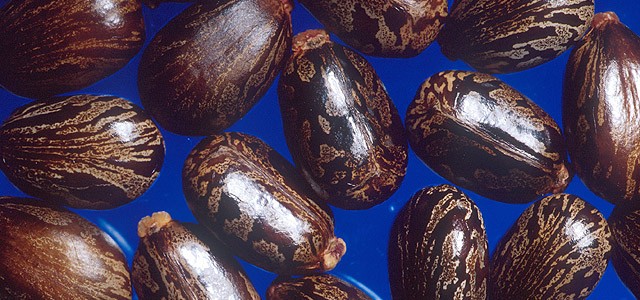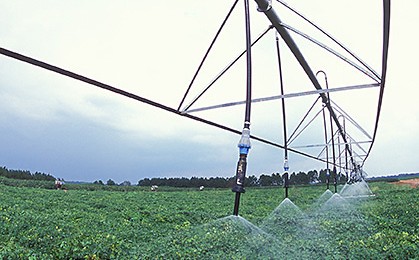-

Castor beans, which were grown in Florida in World War II and which can produce some components of military jet fuel, are currently being studied by University of Florida scientists to determine if they can be successfully grown as a commercial crop in the Southeast. Growing Georgia reported earlier this week (link) on some efforts…
-

Growing Georgia posted an article from Clint Thompson of UGA about the impacts of the recent heat on watermelon farmers. The high temperatures and strong sunlight could cause sunburn on the nearly ripe melons, making them unattractive and less able to sell. Some farmers are using sprays to help protect the melons from sun scald,…
-

The latest Drought Monitor was released today and shows that the area of severe (D2) drought in the Southeast increased from 0.25 percent of the area to 1.67 percent. The main increase was in southeast Georgia and northeast Florida, which have largely been missed by recent rains and have suffered under above average temperatures. You…
Posted in: Drought -

The Southeast Farm Press published a story yesterday summarizing a presentation given at Clemson University on June 10. The speaker was Sonny Ramaswamy presenting a talk on the role food and agriculture will play in the future. He focused on both the promise and the problems faced by agriculture in the U.S. and globally. Population growth…
Posted in: Climate and Ag in the news -

NASA has a great web site for viewing pictures of changes that have occurred over time around the globe, both from natural causes like landslides and manmade causes like increases in agriculture. You may enjoy paging through these to see how the earth’s surface has varied on a variety of time scales. The photos below,…
-

Bloomsberg Businessweek had a dynamic graphic online today showing the impacts of different factors on the Earth’s temperature. You can see it at https://www.bloomberg.com/graphics/2015-whats-warming-the-world/. The factors include greenhouse gases, aerosols from pollution, volcanic eruptions, ozone and land use changes.
-

After a few more days of heat, the Southeast should get some welcome relief from the hot conditions, according to the Climate Prediction Center and other NWS outlets. You can see the 6-10 day anomaly map at https://www.cpc.noaa.gov. Some of the extended models have the cooler conditions extending out through the first week of July.…